Where the Wild Things Are

This is a story about a boy who’s been given a time out for being a dick, and then when he’s alone in his room he dreams up this awesome world that has, of course, Wild Things. And each of the Things represents a part of his personality, but he doesn’t know that because he’s just a little kid who’s a dick, and basically the whole book is great and everyone should read it.
Charlie and the Chocolate Factory
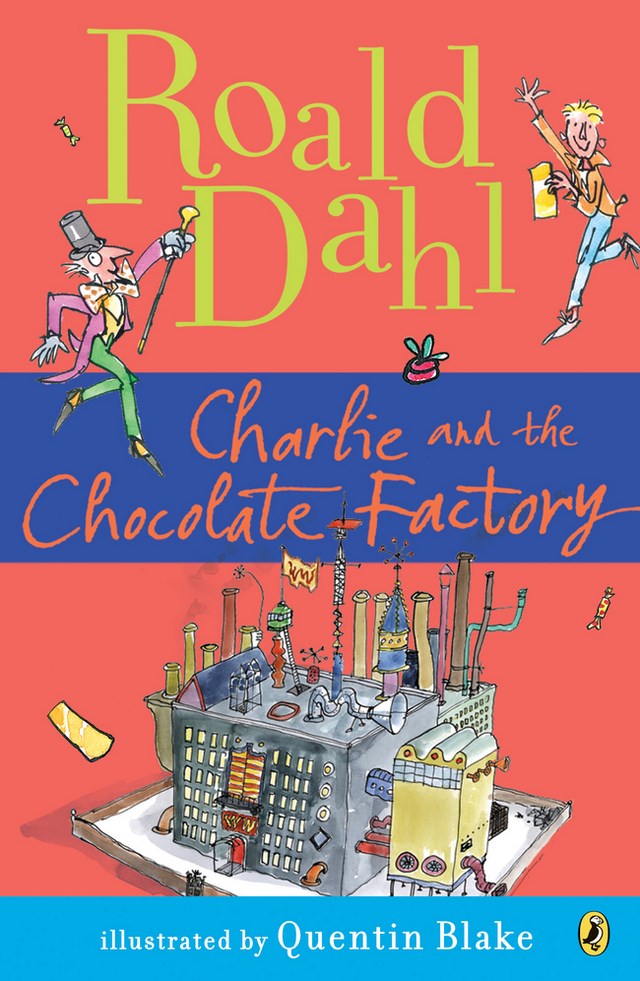
OK, this book is TERRIFYING. Little kids win a trip to see a factory (cause for concern numero uno) and then when they get there, they’re greeted by this deranged dude in a weird outfit who brings them around to all of these places where children DIE. Seriously, children DIE in this thing, and turn into blueberries, and it’s completely horrifying. Moral of the story: never visit factories, but if you do, hold out for a free tour because paying to die is just embarrassing.
The Rainbow Fish

There once was a fish who was hot, and he knew it. And everyone hated him for that because he was totally a jerk, but then one day he realized if he shared his hotness, everyone would like him a lot more. Basically, this book taught us about Communism and sexiness and spreading your love around. And fish scales.
The Boxcar Children

This series is about a group of kids who are orphaned and for some reason they fall through the cracks of the system and their best bet is to live in a metal box in the middle of the woods. And it’s awesome. I mean, sure, they eventually meet their grandfather (why wasn’t he notified of this whole situation in the first place?!) and they have a home, but before that they’re living what every 8-year-old soon realizes is their dream: abject poverty, dead parents, and endless mysteries to solve.
The Little Engine That Could

This story is about a train who’s considered categorically incompetent, but then it refuses to give up on itself. It tries to get it up for a dramatic amount of pages, and then, voila! It’s up and running. Basically, this book is a Viagra commercial waiting to happen.
The Velveteen Rabbit

Okay, where to begin with this one. Basically this is a story about a rabbit who wants to be real, but he’s been told that the only way that can happen is through the love of a child, and that’s just an unhealthy way to go through life. No one should be dependent upon a relationship in order to define themselves, and this rabbit needs a wake-up call. So anyway, after that the kid gets sick and ALL OF THE TOYS ARE GOING TO GET BURNED, and then the rabbit gets turned into a real rabbit because he was loved or whatever. But we all know that he’s not going to have any life skills to make it on his own anyway, so is this really a life that he’s getting at all? Moral of the story: don’t rely on a small child to define you. Also, don’t be a stuffed animal.
The Very Hungry Caterpillar

Basically this story is about someone who eats a ton of delicious food for a few days and then turns into an amazing new version of himself. Unfortunately, if humans do this, we just turn into a larger version of ourselves. But hey, if this caterpillar has gotten anything right, then follow your heart and stomach, and maybe you too can become great!
Stellaluna
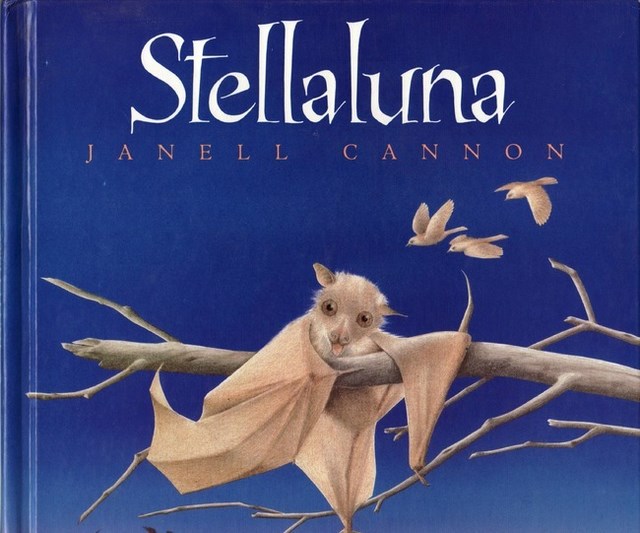
Stellaluna’s a bat who gets separated from her family and is raised by birds, and the birds are like, “act like a bird, you loser,” and Stellaluna’s like, “OK, if you say so,” and then after she’s become all bird-like she runs into her mom again and is like, “Oh, now I know how to really do shit right” and then everyone is happy again. Moral of the story: never let birds tell you how to live your life. They’re selfish bastards.
Everyone Poops

There’s not much of a plot for this one except for the fact that everyone defecates upon the page in their own magical way. The greatest lesson to be learned from this one? Never be ashamed of pooping. It’s a beautiful, beautiful thing that you have in common with elephants and birds and every animal in between.
Freckle Juice

This kid named Andrew really wants freckles, but it’s not because freckles are good looking. It’s because he wants to be able to get away with not showering, which is the dumbest reason ever. So anyway, this girl who’s smarter than him (not a hard achievement, let’s be honest) convinces him to drink this concoction that will supposedly give him freckles. Obviously it doesn’t work, and everyone laughs at Andrew for being the gullible pale-faced goon that he is. The moral of the story should be about being true to yourself and your natural features, but mostly it’s about how you shouldn’t be dumb like Andrew.
Chicka Chicka Boom Boom
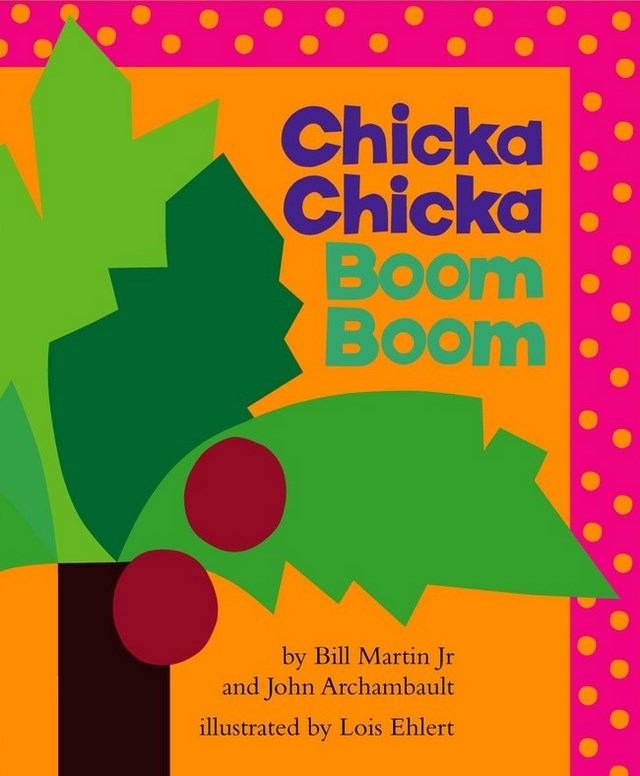
This book is about how dumb it is to follow all of your friends to the top of a bendy tree since you’re all bound to fall out. It’s also about how fun it is to say nonsense words, especially accompanying alphabetical lists.
Make Way for Ducklings

This story is super cute except for the fact that it’s about a bunch of dicks who want to stop all traffic just so they can run around and do whatever the hell they like. I mean, they stopped STORROW DRIVE which, if you’ve ever been to Boston, you know is a major thoroughfare and already horrible with traffic, so basically this family of ducks ruined the day of countless drivers all for their own selfish gain. Moral of the story: if you insist on being a duck, don’t be a dick about it.
Amelia Bedelia
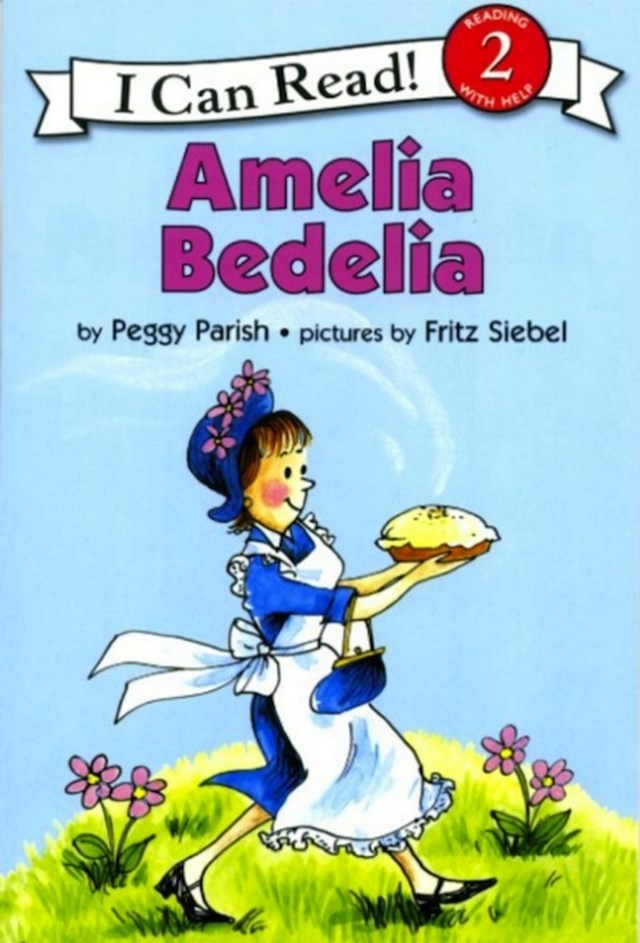
OK, so Amelia Bedelia is this maid who’s lacking in the critical-thinking department and she takes every request literally. Honestly, you gotta feel bad for the gal since she screws up everything so royally and has no idea how to act like a normal human being, but at the same time, it’s hard to believe that this sort of shit is actually possible. Like, how does she function in normal life if she can’t even do the job that she (one would assume) has been trained to do? I’m calling bullshit on this one, and I’m not afraid to say it.
If You Give a Mouse a Cookie

Holy shit, this goddamn mouse is such a pain in the ass it’s not even funny. Basically what happens in this story is a mouse wants something for free because it’s a freeloader, then it keeps wanting more shit, and then the next thing you know it’s practically moved into your apartment and is sleeping over at your place every night and is drinking all of the beer in your fridge without offering to pay you back. Moral of the story: this mouse sucks.
Goodnight Moon

This book is about a little rabbit who feels the need to say goodnight to every goddamn item in his room before he finally goes to sleep. It’s a little excessive, and honestly the whole book would be a lot more succinct if someone put him in his place and said, “GOODNIGHT, OBNOXIOUS RABBIT” on the first page.
Alexander and the Terrible, Horrible, No Good, Very Bad Day
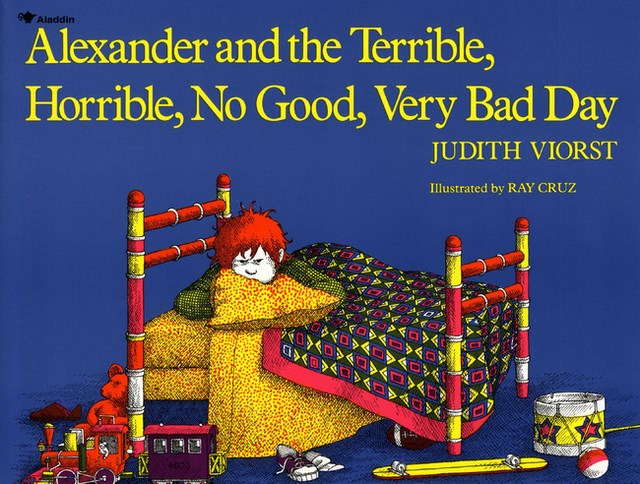
On this particular day everything sucks for Alexander and, let’s face it, we’ve all been there, so this story starts with a really accessible premise and a likable protagonist. After he tells his mom that he wants to move to Australia to go somewhere where people don’t have bad days, his mom is like, “Sorry, bro, you’re shit outta luck because everyone, everywhere, has shitty days, and that’s just part of being human,” which is actually a nice message for a book to have: suck it up, idiot. You’re not special, and things are bound to get better anyway.
Goosebumps
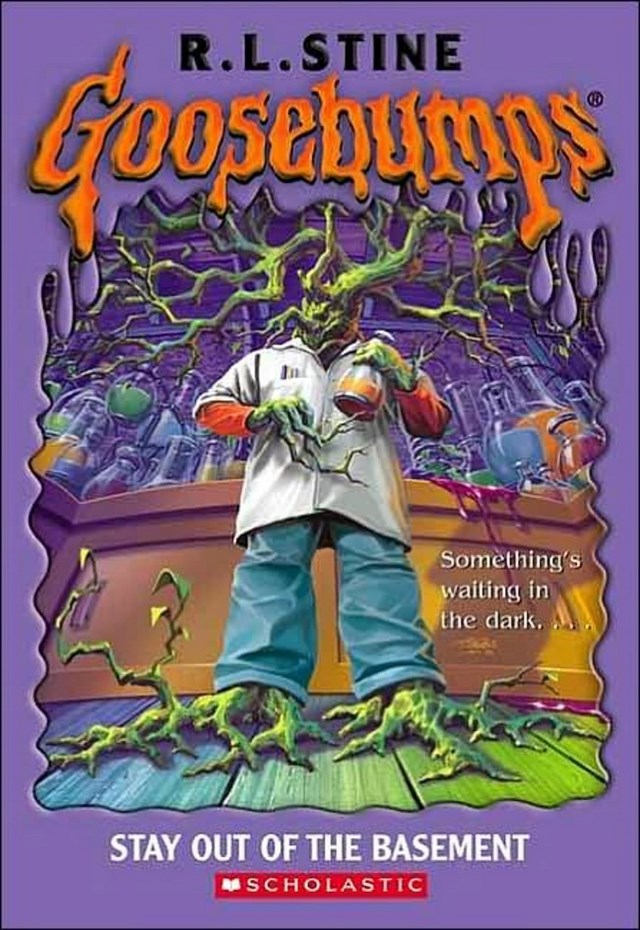
The Goosebumps books were only read by the cool kids who could handle reading scary stories without being plagued by nightmares for weeks after reading a chapter…so I can’t exactly vouch for their specifics. But the general gist went as follows: each story took something normal and made it into something completely horrifying and scarring, and readers delighted in this and read every single book in the series and looked super cool while doing so. The end.
Green Eggs and Ham
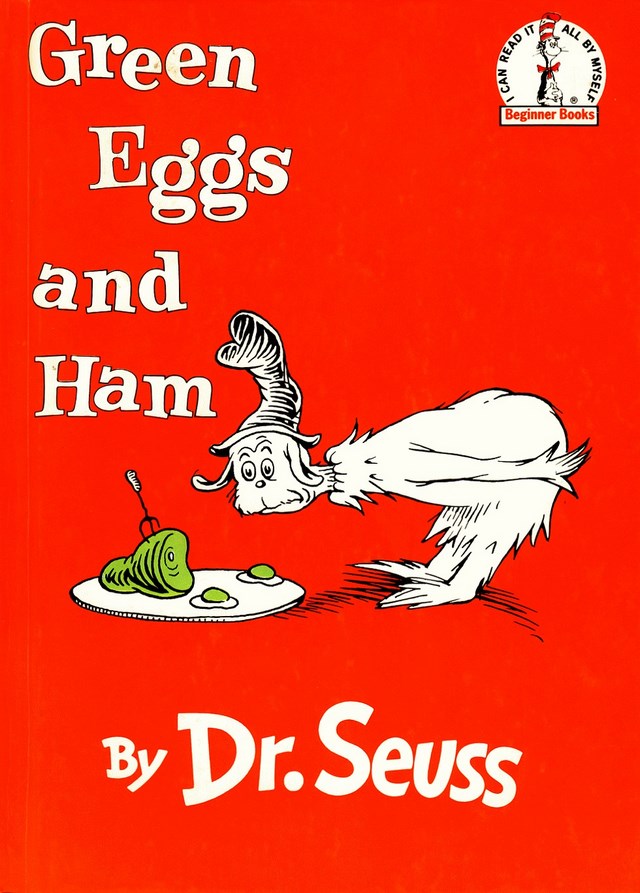
This is the story of a guy who doesn’t want to eat green eggs and ham (because it’s gross and everyone knows it), and his friend Sam-I-Am doesn’t understand boundaries and keeps trying to force it on him. And sure, the friend ends up changing his mind eventually, but shouldn’t little kids be taught that if your friend doesn’t want something on a fox or in a box, they probably should be respected for that choice?
Matilda

Oh man, Matilda is such a little badass! She has these shitty parents who seriously need to check themselves because they’re so close to wrecking themselves, but then she goes to school and has this cool teacher which is nice and all but the biggest deal of all is that MATILDA HAS MAGICAL POWERS. Like seriously, that’s a trade and a half: parents for powers. So then Matilda shows everyone who’s boss and gets adopted by the teacher and that’s cool, but mostly can we talk about how she has the ability to perform magic? Moral of the story: if you have to have horrible parents, at least get some telekinesis for your troubles.
The Giving Tree
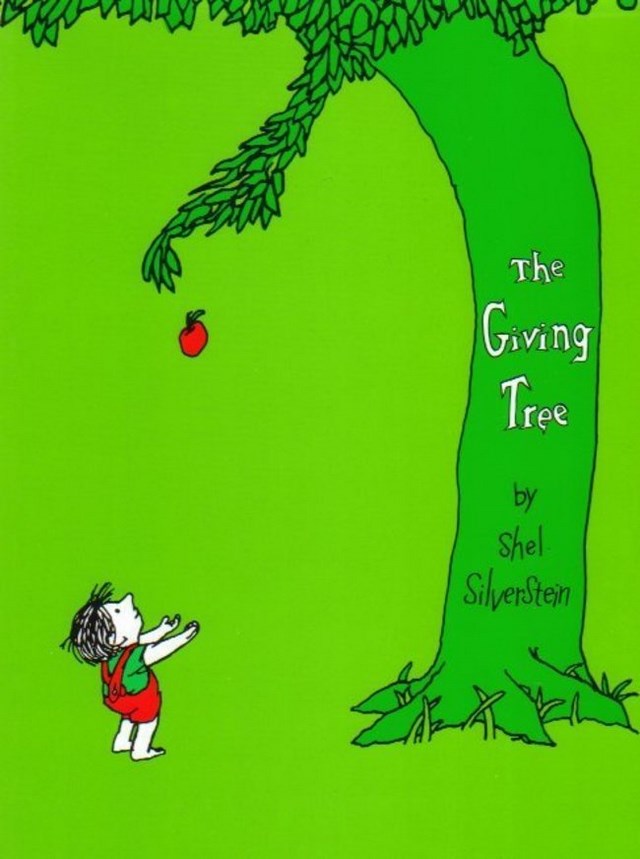
Oh man, this book is the saddest. So it starts out with a little kid and a tree, and then by the end of the book the little kid has grown into a full grown man who’s ravaged the tree in every possible way and now he’s old and sad and the tree is just a stump. I’m sure there’s a message in here about environmentalism and such, but really the moral should be that you never stay in a relationship where the other person isn’t giving anything back because you’ll end up being a stump in a field that the person only visits in order to sit on.
